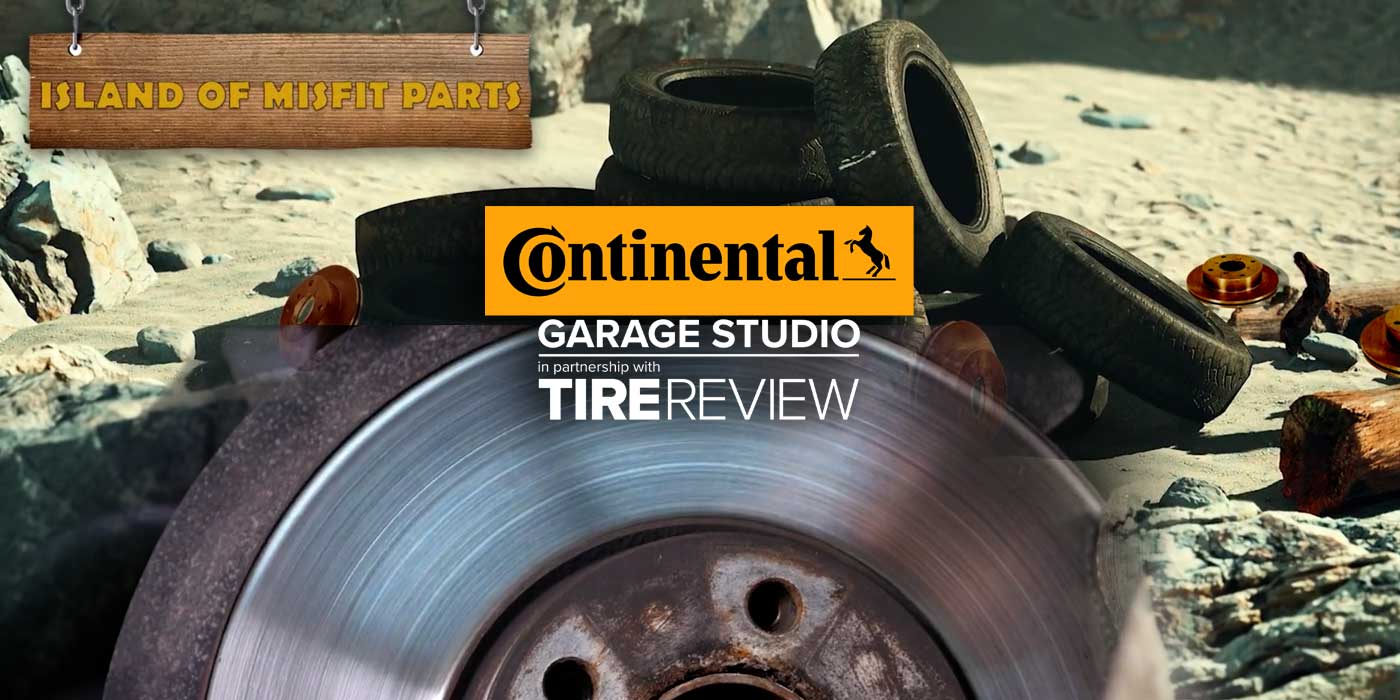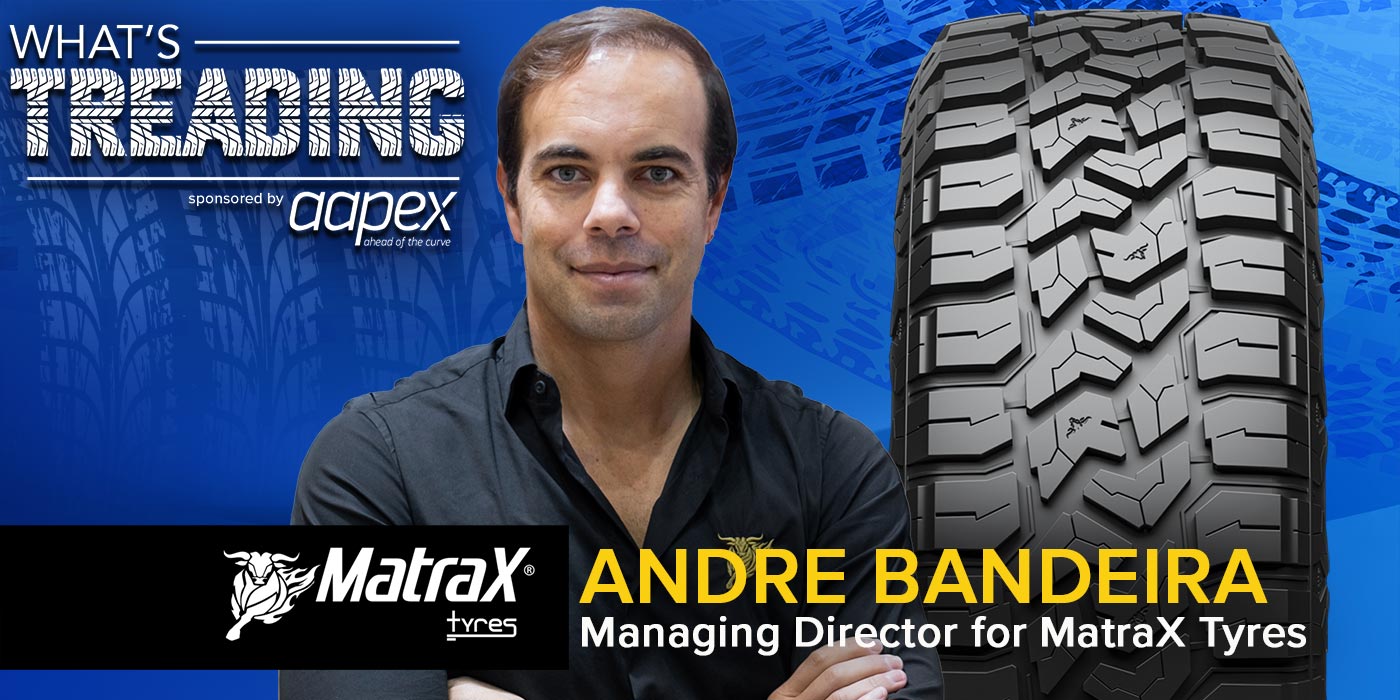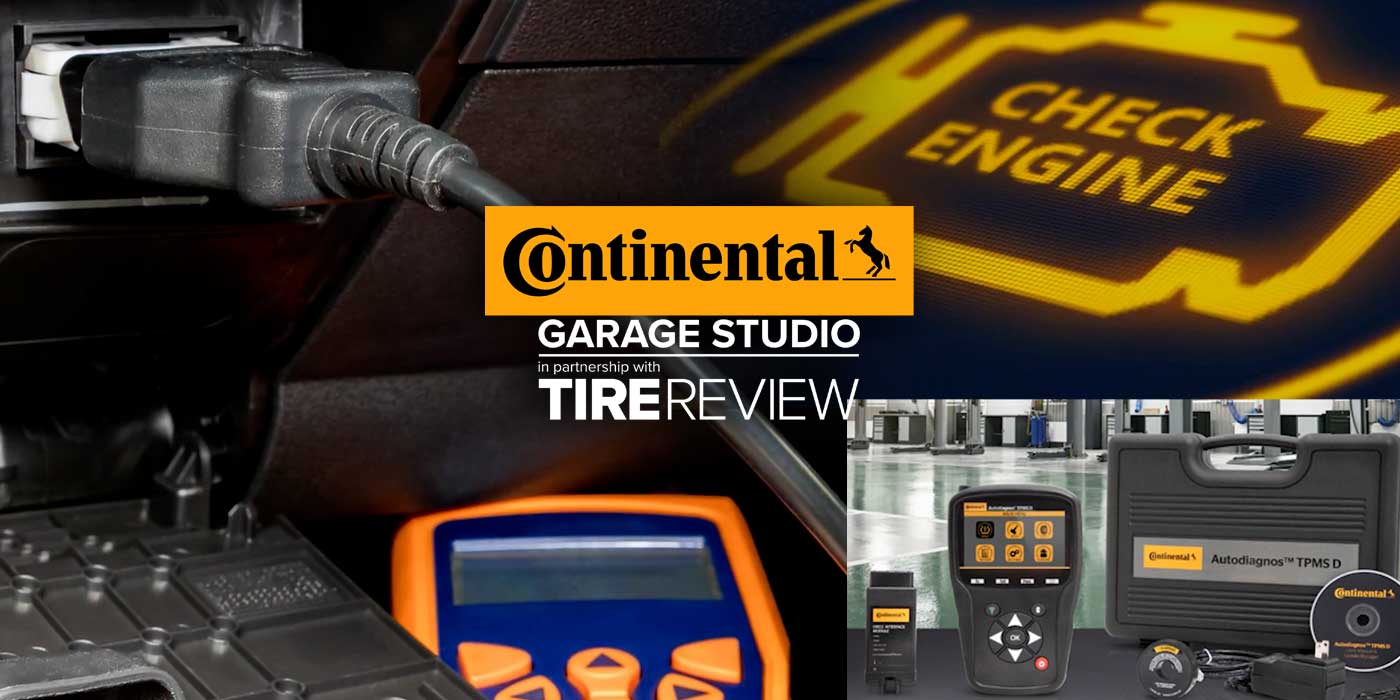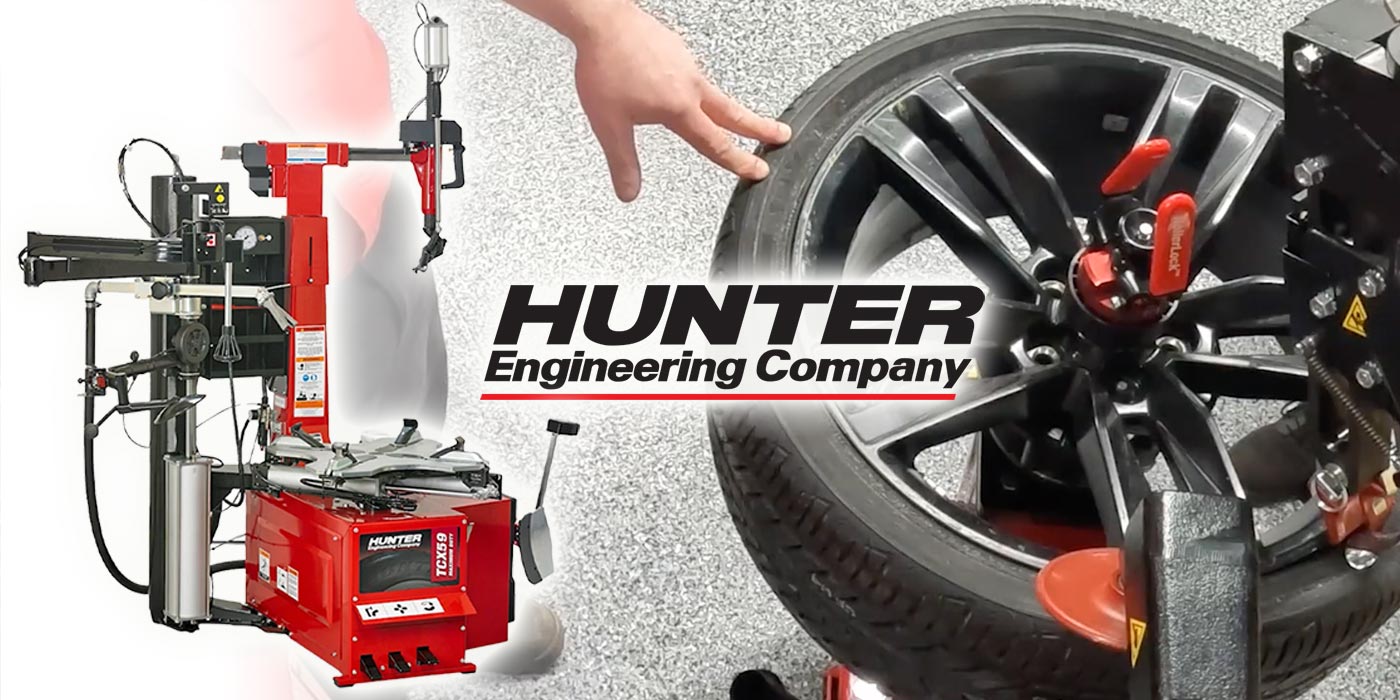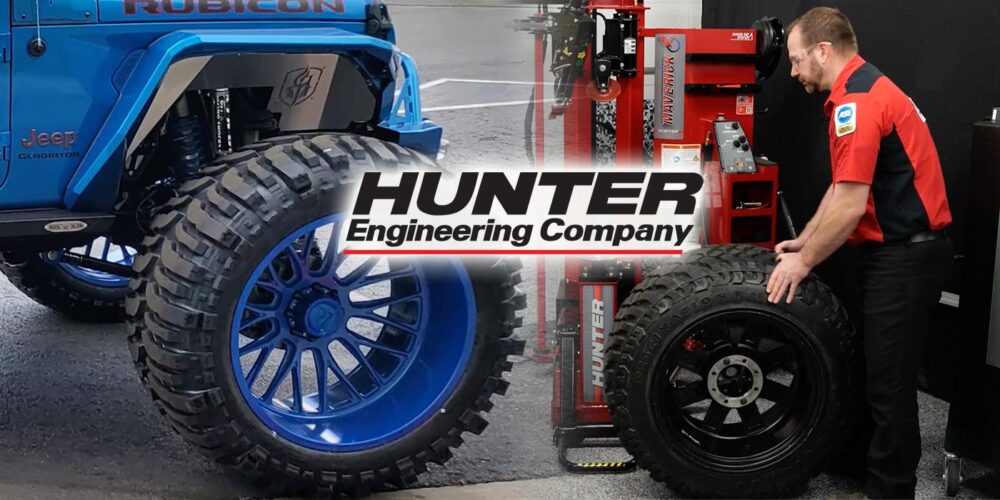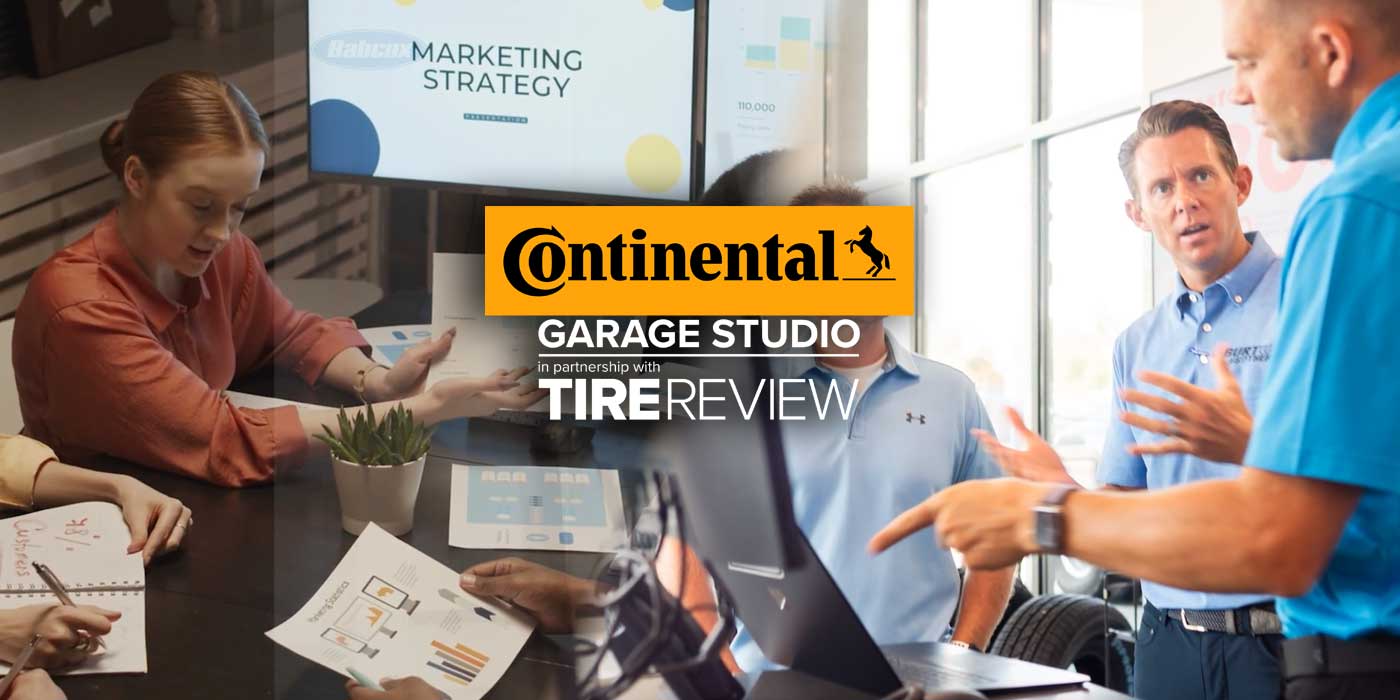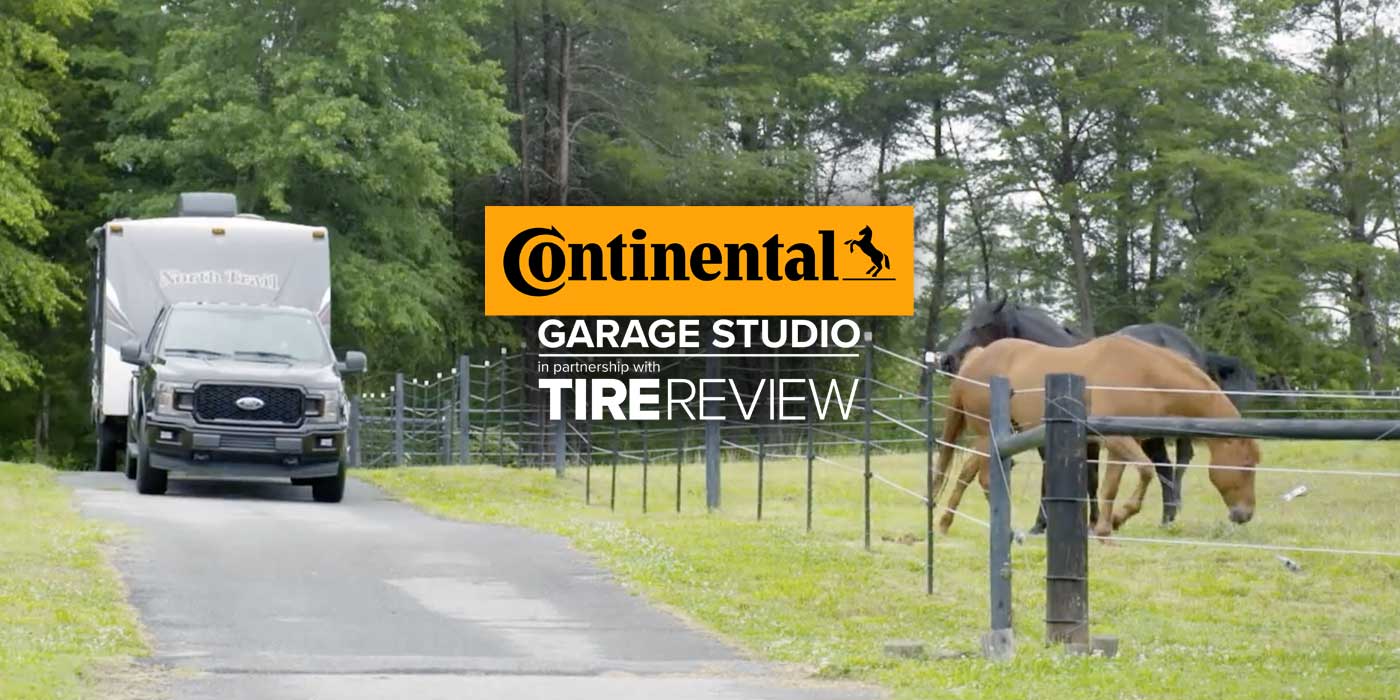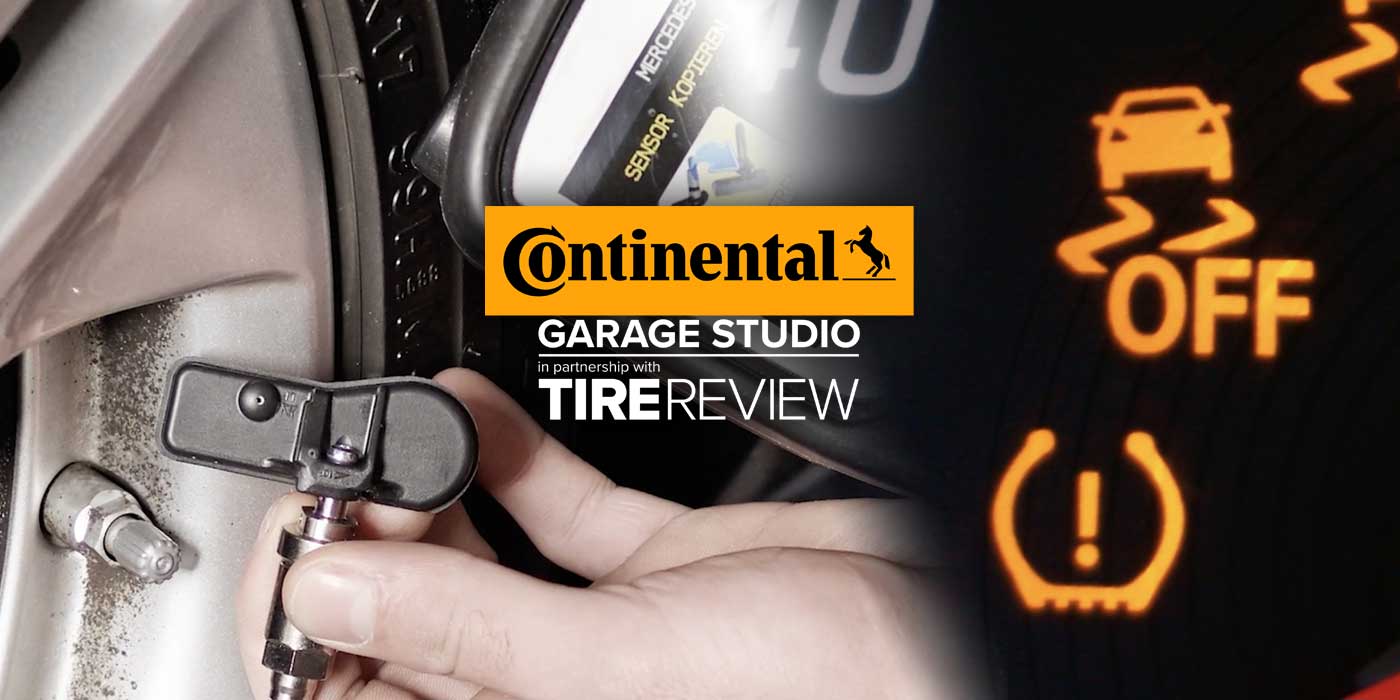In the last 30-some years, automakers and tire manufacturers have emphasized low rolling resistance as a key factor in fuel efficiency. So what is it and what goes into making a tire with good rolling resistance? Those answers and more coming up in this Tire Review Continental Tire Garage Studio video.
Rolling resistance can be defined as the amount of energy a tire uses over a defined distance. It is one of five forces – along with gravity, aerodynamics, inertia, and mechanical friction – that must be overcome for a vehicle to move forward. There are a number of factors that affect a tire’s rolling resistance: the design and compound, bead, belt, sidewall, tread and inflation pressure of the tire itself, the load and distribution of the vehicle, the road conditions, and the weather.
The most significant factor affecting a tire’s rolling resistance is a process called hysteresis, which happens when a tire flexes as it meets the road surface, leading to an energy loss that inhibits forward momentum. The majority of the energy that is dissipated through hysteresis occurs via a tire’s tread, largely as a result of the compound used.
However, other factors, like tire pressure and alignment, vehicle weight, load, and distribution, all have their part to play. The more tire pressure falls below its optimal level, for example, the greater the rolling resistance will be. If a tire on a 22.5-inch wheel is underinflated by 20% from its recommended inflation pressure, for example, the rolling resistance will increase by around 6% compared to a tire with the correct air pressure, which will reduce rolling resistance. This is why it is always recommended to run a vehicle at the suggested inflation pressure.
Let’s recap all of this with a simple example. When you ride a bike, if the tire was deflated, the steering was misaligned and the wheels weren’t properly secured, it would take a lot more effort to ride that bike. If everything was securely fastened and the tire was fully inflated, and the point of impact was on all the grip and traction, then you would be able to get your full mileage out of your bike tire product. The same applies to vehicles. By making sure tires are properly inflated and wearing properly, you can maintain a tire’s rolling resistance and the longevity of your tire investment.

